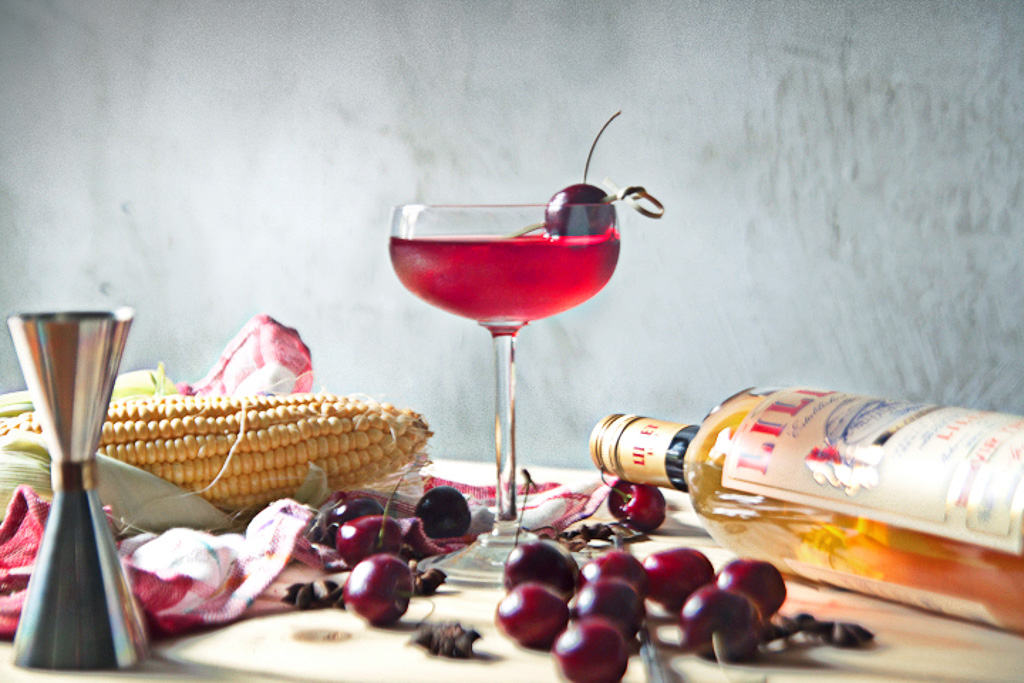
EOS 7D, EF50mm f/1.4 USM lens, f/8, 1/125sec, 50mm, ISO 100
Food styling for photography has changed so much over the last 10 years. Back in the day, everything had to be picture perfect. Think the huge burger ads from fast food chains -- it always looked too good to be true, from the shiny sesame seed bun to the plump juicy pickles and the irresistibly charred beef patty in the middle. These days though, the current trend leans towards a more natural look.

EOS 7D, EF50mm f/1.4 USM lens, f/8, 1/125sec, 50mm, ISO 100
Presentation
Always keep the portions small. This is because a large amount of food will lose its proportions on camera and wouldn’t look as mouthwatering as a smaller portion. Think an entire cake versus a slice of rainbow cake.
Always make the dish look as fresh and natural as possible. A slice of lime or lemon is always a good way to add freshness into an image.
Another trick is removing portions of food and leaving it strategically on the cutlery. For example, with a cooked salmon fillet, use a fork to pick up a small portion and place said fork in the foreground. This will add more texture and depth to the image.

EOS 5D Mark III, EF85mm f/1.2L II USM, f/8, 1/125sec, 50mm, ISO 100
Lighting
Natural lighting always works best, but you can try to mimic natural light by using a strobe light with a big soft box so to achieve the light-coming-though-a-window look.

EOS 7D, EF50mm f/1.4 USM lens, f/8, 1/125sec, 50mm, ISO 100
Tricks
To make your greens look fresh and crisp, just leave them in ice water for 15 minutes, but don’t forget to dry them before using it.
Another simple trick is to always have a pastry brush and some cooking oil on hand. This will give you a nice roasted effect or make raw fruits and vegetable really shine.
|
|
Vanan M Profile of photographer Vanan M is a Singapore-based food and lifestyle photographer and nightlife aficionado. He is either behind the camera or behind DJ booths at nightclubs. |


































